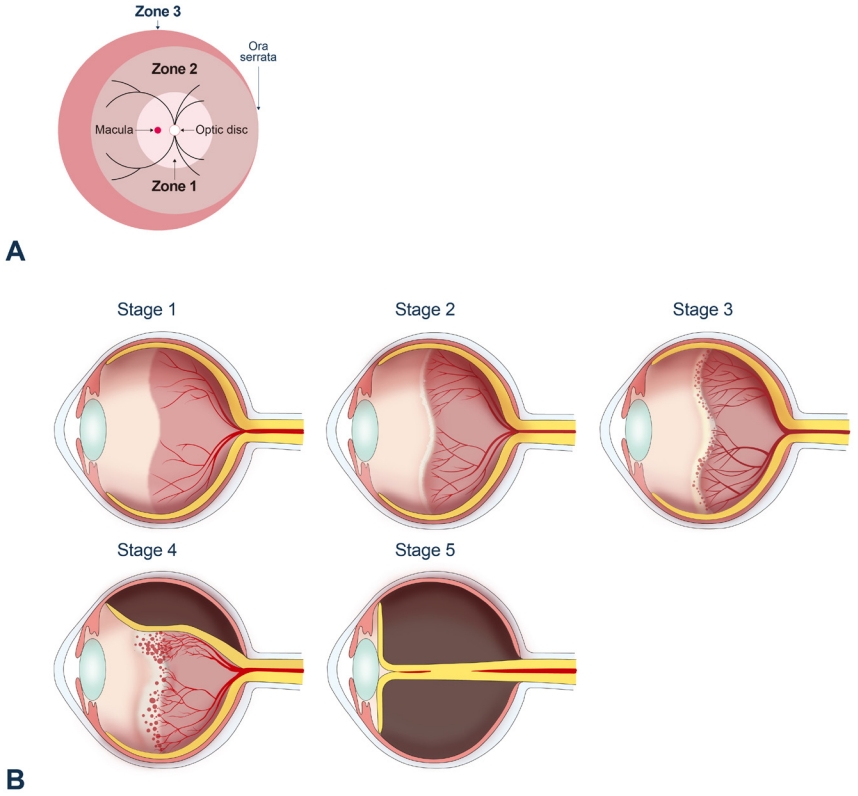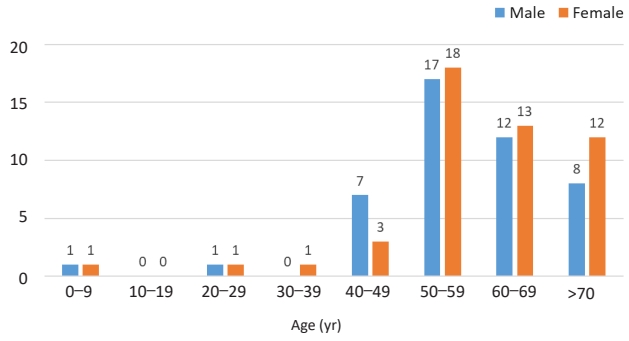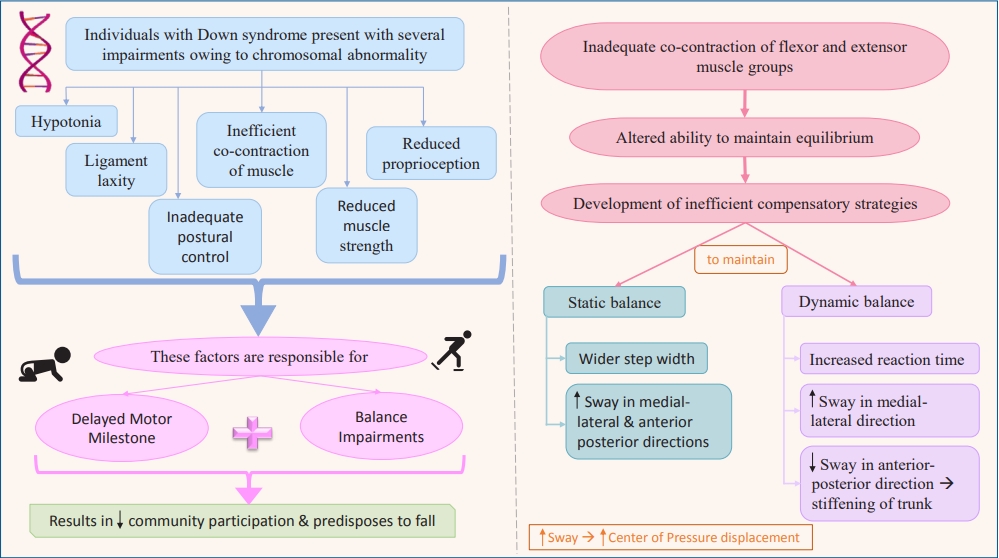Previous issues
- Page Path
-
- HOME
- BROWSE ARTICLES
- Previous issue
|
- Review Articles
- Editorials
- Original Articles
- Letter to the Editor
- Correspondence and Replys
-

-
-

-

-
Impact Factor3.2
-
8.02023CiteScore94nd percentilePowered by















